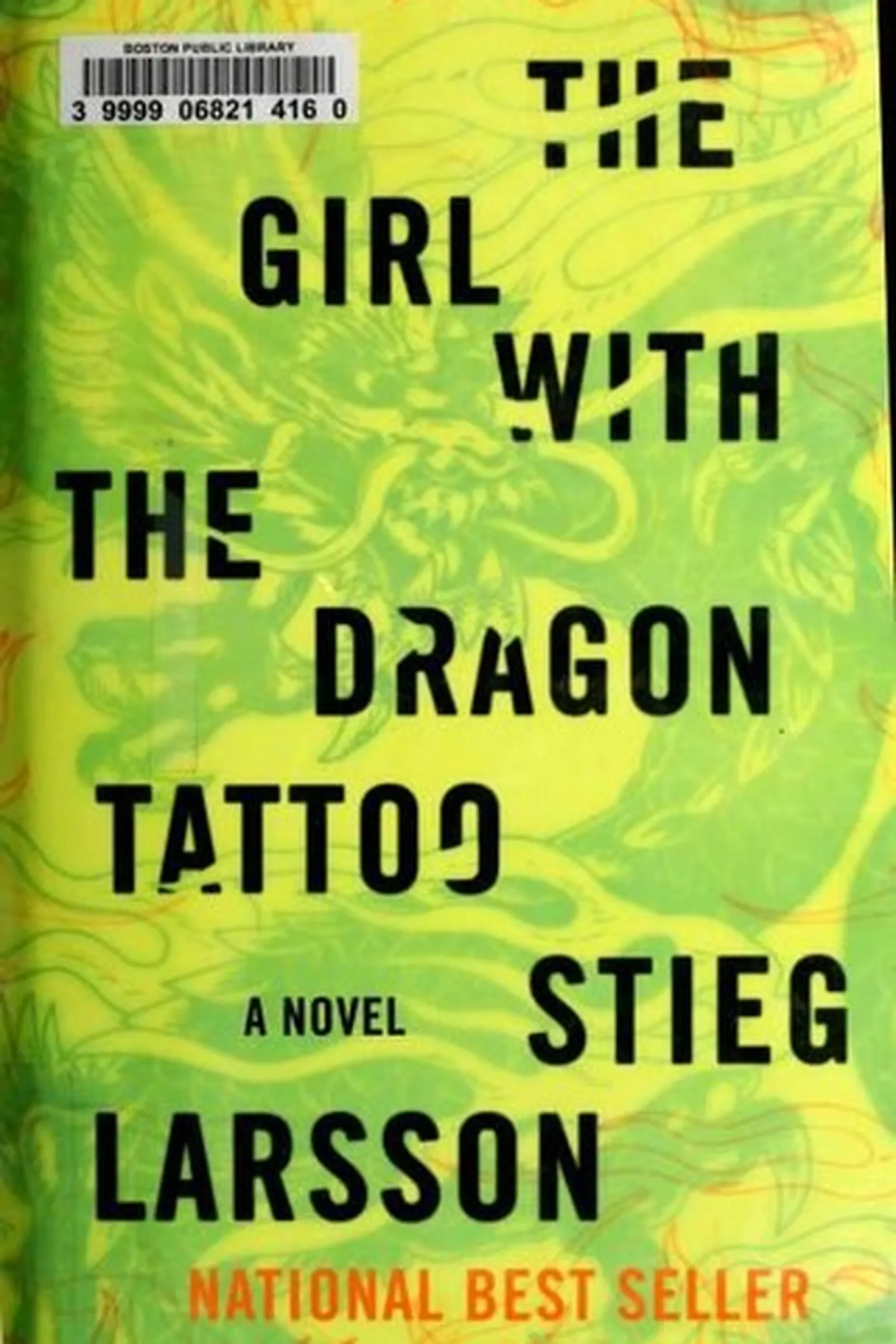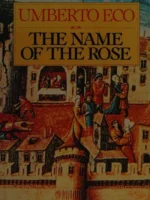The Girl with the Dragon Tattoo, Stieg Larsson, 2005
- Author: Stieg Larsson
- Genre: Mystery/Crime
- Publisher: Alfred A. Knopf
- Publication Year: 2008
- Pages: 465
- Format: Paperback
- Language: English
- ISBN: 978-0307454546
- Rating: 4,1 ★★★★☆
The Girl with the Dragon Tattoo Review
About
First published in 2005, Stieg Larsson’s The Girl with the Dragon Tattoo fused classic mystery with modern Nordic grit. It’s the first entry in the Millennium series—part thriller, part social critique—and it introduced the world to Lisbeth Salander, one of crime fiction’s most distinctive outsiders. Beneath its cold landscapes and sharp pacing lies a story about power: who holds it, who abuses it, and who fights back. The novel redefined Scandinavian noir for a global audience.
Overview
Disgraced investigative journalist Mikael Blomkvist accepts an unusual job: wealthy industrialist Henrik Vanger hires him to solve the decades-old disappearance of his niece Harriet. What begins as a corporate history lesson soon turns into a labyrinth of family secrets and financial deceit. Blomkvist partners with Lisbeth Salander, a young hacker with a photographic memory, a traumatic past, and no patience for hypocrisy. Together they dig through archives, digital trails, and human corruption, uncovering crimes that have festered under the façade of respectability. The book balances procedural detail with psychological tension, alternating between journalism, detective work, and revenge narrative.
Summary
(light spoilers) After losing a libel case against a powerful tycoon, Blomkvist takes refuge in the Vanger family estate on the remote island of Hedeby. Henrik Vanger believes a murderer still hides among his relatives. Blomkvist’s slow, meticulous research reveals links between Harriet’s disappearance and a series of ritualistic killings of women across Sweden. Enter Lisbeth Salander—brilliant, volatile, and fiercely private—whose hacking uncovers the missing data he needs. Their alliance, uneasy at first, deepens as they piece together evidence implicating members of the Vanger clan. Violence, greed, and abuse of power surface behind polite manners. The case closes with a mix of justice and unease: the truth comes out, but the wounds remain. Meanwhile, Salander turns her attention to a different enemy—the businessman who ruined Blomkvist—and executes her own brand of accountability, setting up threads for the later books.
Key Themes / Main Ideas
• Truth versus corruption — journalism as both weapon and risk.
• Violence against women — systemic abuse framed as social epidemic.
• Outsiders as moral centers — Salander’s code outshines polite society’s.
• Power, secrecy, and surveillance — technology as double-edged justice.
• Redemption through work — uncovering truth as a way of staying alive.
Strengths and Weaknesses
• Strengths — A tightly plotted mystery with rich social texture; Salander’s character re-energizes the genre; procedural realism grounds the horror.
• Strengths — The Swedish setting feels lived-in and specific—icy, bureaucratic, and morally gray.
• Weaknesses — The opening business-scandal subplot drags for some readers; the middle can feel heavy with exposition.
• Weaknesses — Occasional graphic violence may unsettle sensitive audiences, though it serves a clear moral purpose.
Reviewed with focus on themes, audience, and takeaways — Stieg Larsson
| pa_author | Stieg Larsson |
|---|---|
| ISBN | 978-7-323-88990-3 |
| pa_year | 1951 |
| Pages | 254 |
| Language | English |







